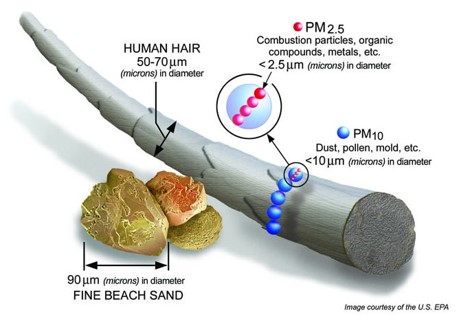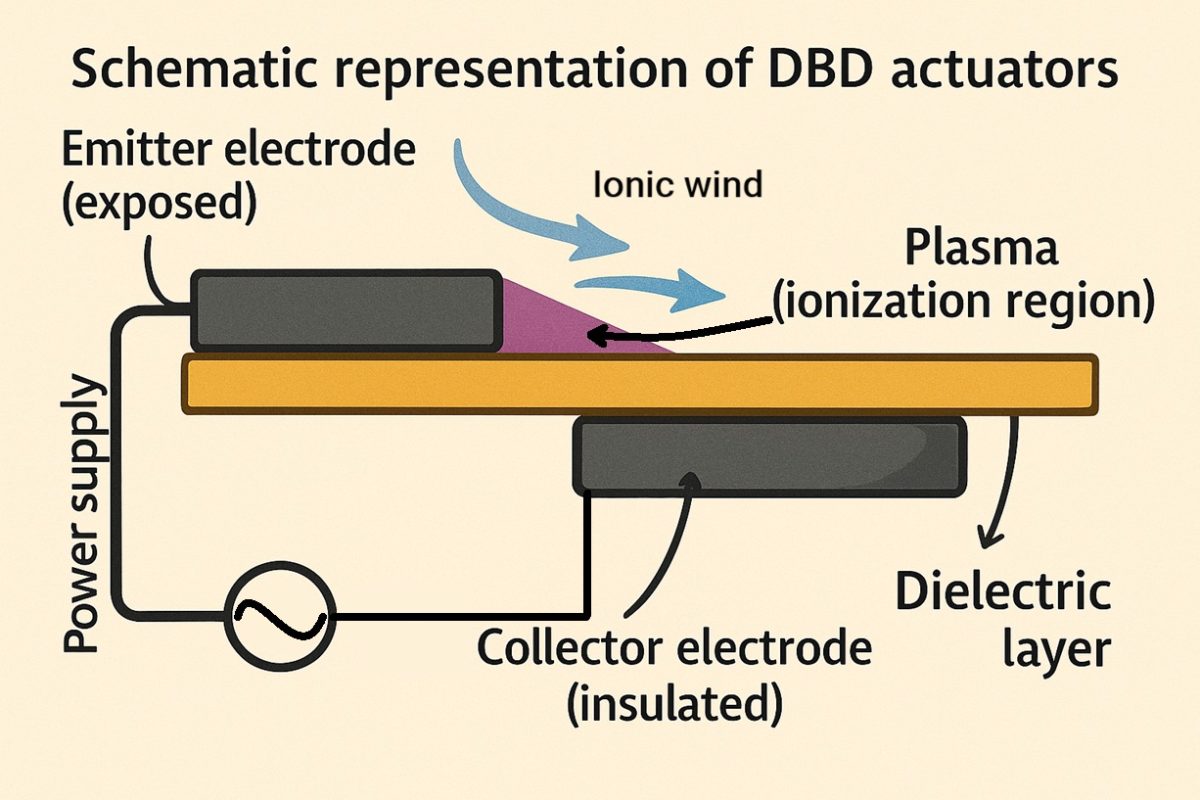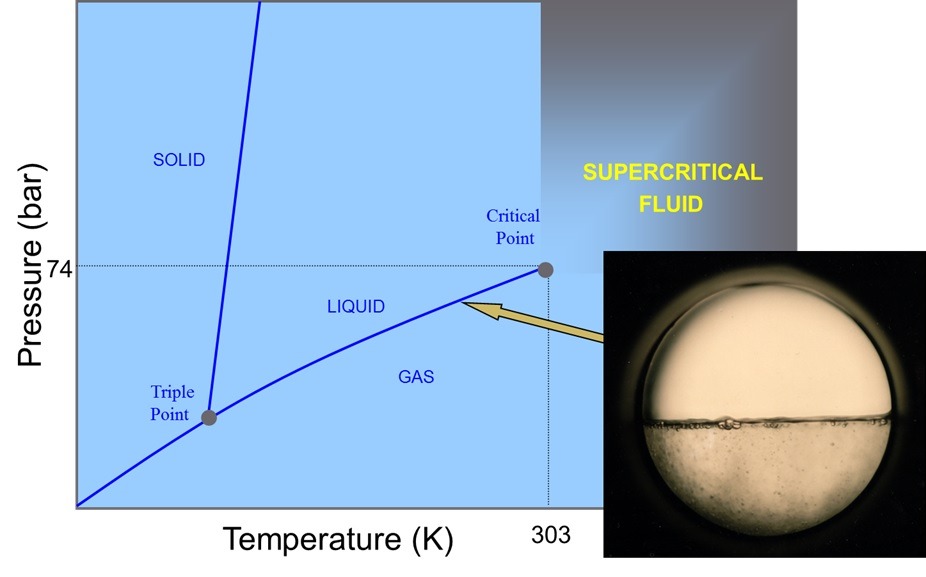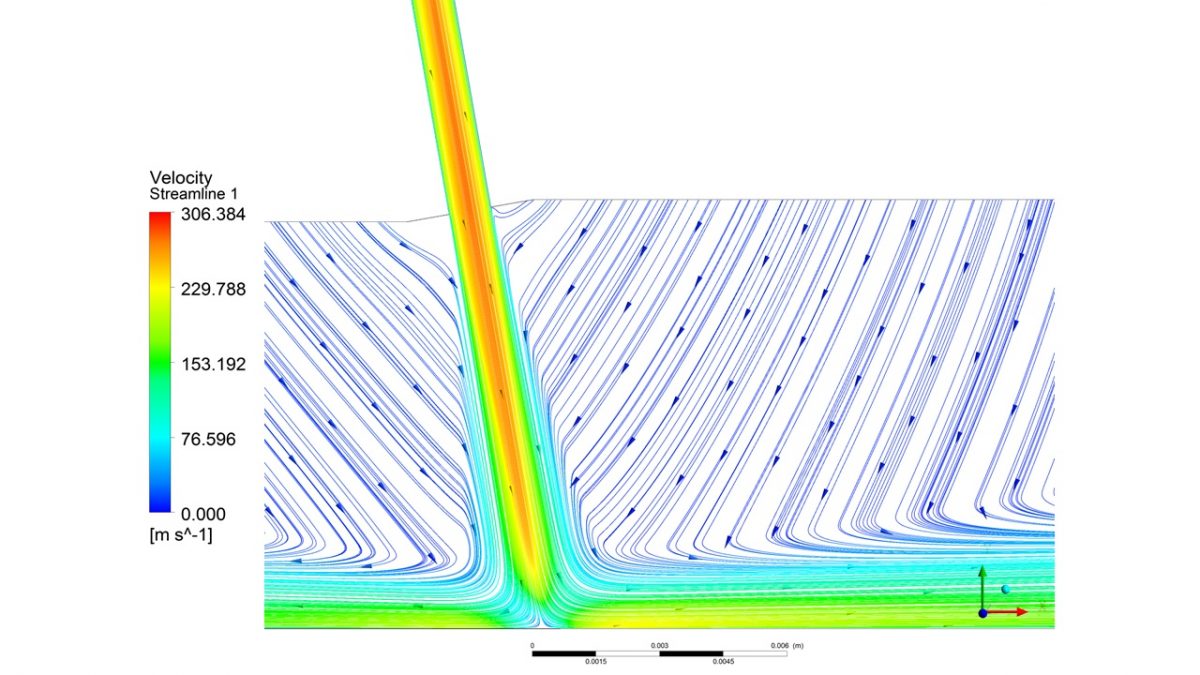Research
NRG conducts a broad range of basic and applied research in fluid dynamics and energy systems. We focus on four core themes – Aerosol Science, Electrohydrodynamics, Supercritical Fluids, and Fluid Mechanics – applying first-principles modeling and experimentation to solve practical problems in energy conversion and environmental protection.

Aerosol Science
We study the behavior of airborne particulate matter and develop technologies to measure and control aerosols. This includes designing novel sensing technologies for particulate chemical composition, deploying low-cost sensor networks to monitor air quality, and investigating particle resuspension phenomena. Our aim is to improve air pollution monitoring and mitigation in both indoor and outdoor environments.
[Project] Low-Cost Aerosol Sensor Networks
In response to the growing need for accessible air quality data, we are creating networks of low-cost particulate matter (PM) sensors for real-time aerosol monitoring. Our team deployed a dense sensor network in hospital ICU rooms to map how aerosol plumes disperse and persist in clinical environments. The data, combined with zonal airflow models, revealed distinct airflow zones and aerosol decay rates under different ventilation conditions, helping hospitals design better ventilation and infection control strategies.
Electrohydrodynamics (EHD)
Electrohydrodynamics explores fluid flow under the influence of electric fields. In NRG, we develop plasma actuators and ionized flow systems to actively control aerodynamic flows. EHD devices like dielectric barrier discharge (DBD) plasma actuators can generate airflow without any moving parts, offering instantaneous response and silent operation. Our research optimizes these actuators to improve their thrust and efficiency for applications in flow control and propulsion.
[Project] Plasma Flow Control Actuators
We are engineering multi-electrode DBD plasma actuators to manage airflow over surfaces for drag reduction, lift enhancement, and active flow control in aerospace systems. By tuning electrode configurations and phase timing, our team demonstrated that stacking DBD actuators in series significantly increases thrust output and effective flow influence. The optimized DBD arrays produce strong wall jets (>250 mN per meter of electrode), sufficient to alter boundary layer behavior on wing profiles at low speeds.


Supercritical Fluids
We leverage supercritical fluids – substances at conditions above their critical temperature and pressure – to drive chemical reactions and processes that are infeasible under normal conditions. Supercritical water and supercritical CO₂ in particular enable unique approaches to destroying pollutants and synthesizing novel materials. Our supercritical fluids research addresses environmental remediation and materials manufacturing by harnessing the unusual solvating and kinetic properties of fluids in the supercritical phase.
[Project] Hydrothermal PFAS Destruction
Per- and polyfluoroalkyl substances (PFAS) are toxic “forever chemicals” noted for their nearly unbreakable carbon–fluorine bonds. NRG has developed a hydrothermal reactor that uses supercritical water to completely break down these pollutants into harmless end products. In this process, known as hydrothermal alkaline treatment (HALT), PFAS-contaminated water is exposed to highly pressurized, high-temperature water with a mild alkaline additive. The supercritical conditions sever the PFAS bonds, achieving >99.99% destruction of even the most recalcitrant PFAS molecules.
[Project] Continuous-Flow MOF Synthesis
Metal–organic frameworks (MOFs) are crystalline nanoporous materials with enormous potential in gas capture, water purification, and energy storage. Our group developed a continuous-flow synthesis technique using supercritical CO₂ as both the reaction medium and a built-in purification agent. In our custom reactor, supercritical CO₂ rapidly brings reactants together and simultaneously washes away byproducts, enabling one-step MOF crystallization and activation in minutes instead of days.
Fluid Mechanics
Underlying all our work is a strong foundation in fundamental fluid mechanics and computational modeling. We investigate how particles, flows, and surfaces interact (for example, particle–surface flow interactions and turbulent mixing), and we use advanced computational fluid dynamics (CFD) and experimental diagnostics to inform our designs. This fundamental fluids insight guides the development of our aerosol, EHD, and supercritical fluid projects.
[Project] Fundamental Flow Physics Research
By studying basic fluid phenomena – from microscale ionized flows to macroscale multiphase reactions – we ensure that our applied innovations are grounded in sound scientific understanding. Our fluid mechanics research not only addresses immediate engineering problems but also contributes to the broader knowledge of flow physics and reactive flow chemistry in extreme conditions.

Funding & Partnerships
NRG’s research is supported by prestigious agencies and organizations committed to advancing scientific innovation and real-world impact.
We gratefully acknowledge all our sponsors for enabling our mission to translate fundamental science into impactful solutions.